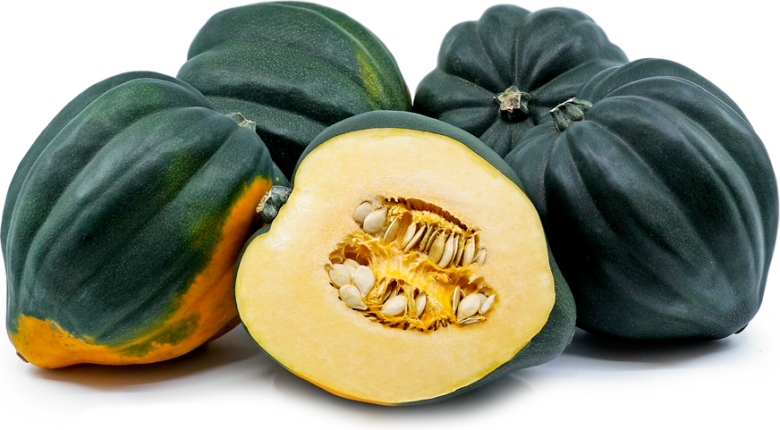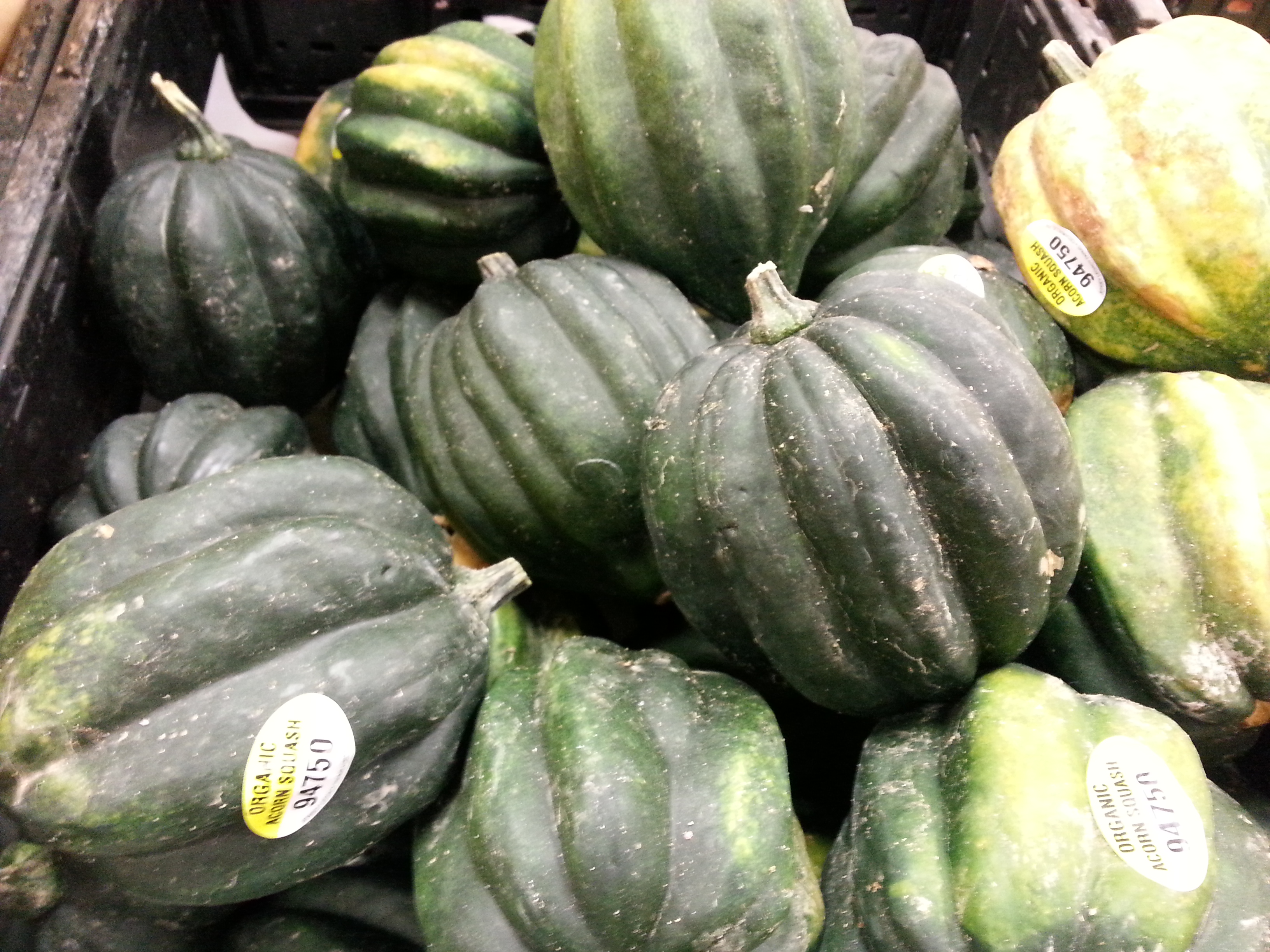

Magnesium can strengthen your bones and teeth, boost your metabolism, and regulate potassium levels. Each serving (½ cup) of acorn squash contains 11% of your RDA of magnesium and 13% of your potassium RDA, both of which work together to play a vital role in our health. You’ll find traces of iron, calcium, zinc, and phosphorus in acorn squash, but it’s the high levels of potassium and magnesium that are most beneficial. As a healthy adult, you can obtain around 20% of your recommended daily allowance (RDA) of vitamin C from acorn squash and this could boost your immune system and skeletal system health and help prevent hypertension, heart disease, cancer, and osteoarthritis. Just half a cup of cooked acorn squash contains vitamin A, niacin, folate, thiamine, vitamin B6, and high levels of vitamin C. Cooking acorn squash is extremely simple and requires little to no additional ingredients.

The mellow, sweet flavor of acorn squash means that it works well as a side dish to many entrees or you can eat it on its own for a nutritious snack. This orange-yellow vegetable is packed with antioxidants, omega-3 fatty acids, dietary fiber, vitamins, and minerals that could reduce your risk of developing several serious medical conditions. Nutrition per serving: 277 calories, 9g total fat (2.4g saturated fat), 8g protein, 46g carbohydrates, 11.Are you looking to enhance your meal plans and boost your immune system? Acorn squash could be the perfect addition to your dinner table. Top each with sliced green onions and feta cheese. Fill each cooked squash half with one-quarter of the quinoa mixture.Pour dressing over quinoa and stir to evenly coat. Once quinoa is done cooking, remove it from the heat and fluff with a fork. In a small bowl, combine lemon juice, remaining 2 tsp of oil, salt, and pepper.Add quinoa, return to a boil, reduce heat, cover, and simmer until water has been absorbed and quinoa is soft, about 15 minutes. Bring 1 cup of water to a boil in a small saucepan over medium-high heat.
#ACORN SQUASH NUTRITION SKIN#
Bake until the skin can be easily pierced with a knife, about 35 to 45 minutes.

1 bunch green onions (scallions), sliced.2 acorn squashes, halved and seeds removed.Cut the squash into strips, then turn the strips 90 degrees and cut into cubes.Slice off the bottom half-inch or so and remove the rest of the squash skin with your knife or a vegetable peeler.Pull the sides apart and scoop out the seeds with a spoon or ice cream scoop, reserving if desired.For stability, stand the squash on the flat side you just cut and slice it in half vertically.Using a chef’s knife, slice off the top of the squash, about a half-inch below the stem.
#ACORN SQUASH NUTRITION HOW TO#
Here are the steps to the best way to cut an acorn squash: How to Cut It: Acorn Squash And the easier it is to prep this squash, the more you’ll end up eating. And like other orange-hued vegetables, it’s got plenty of beta carotene, which is used to make vitamin A, a nutrient that may help prevent age-related vision problems and certain cancers.īecause acorn squashes are round, they can be a little wobbly to cut if you don’t know the following trick, which makes it easy. Plus, it contains over 2 grams (g) of fiber per nutritious cup. Like other squashes, it is low in calories and an excellent source of vitamin C, per U.S. There’s a squash for every season, and this variety is still available in winter, when not a lot of fresh produce can be found.


 0 kommentar(er)
0 kommentar(er)
